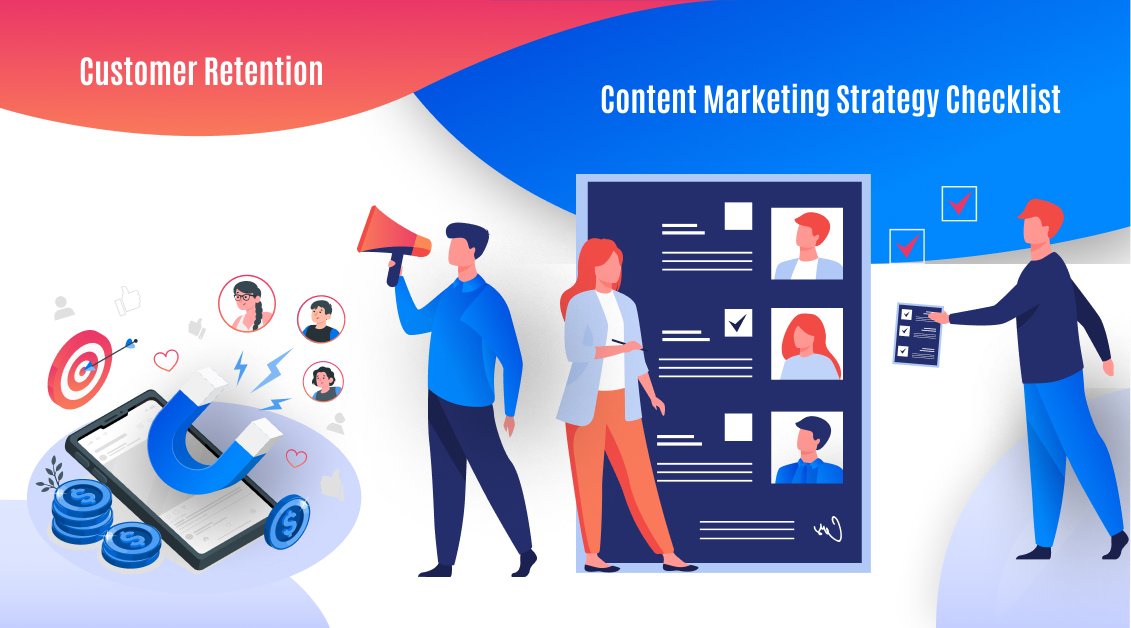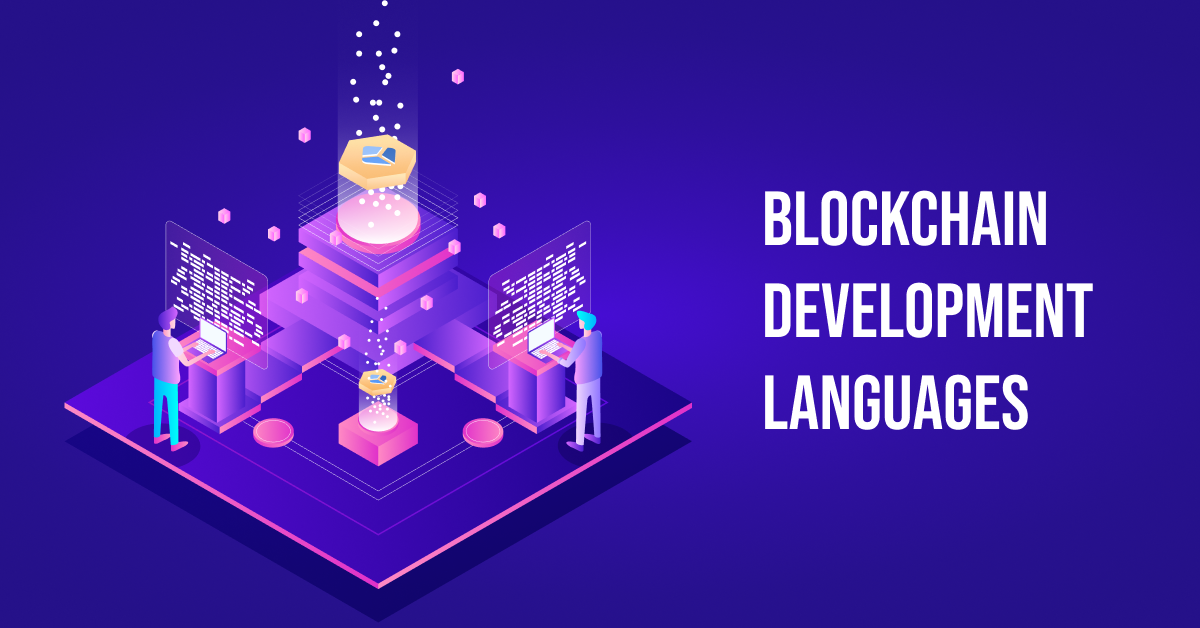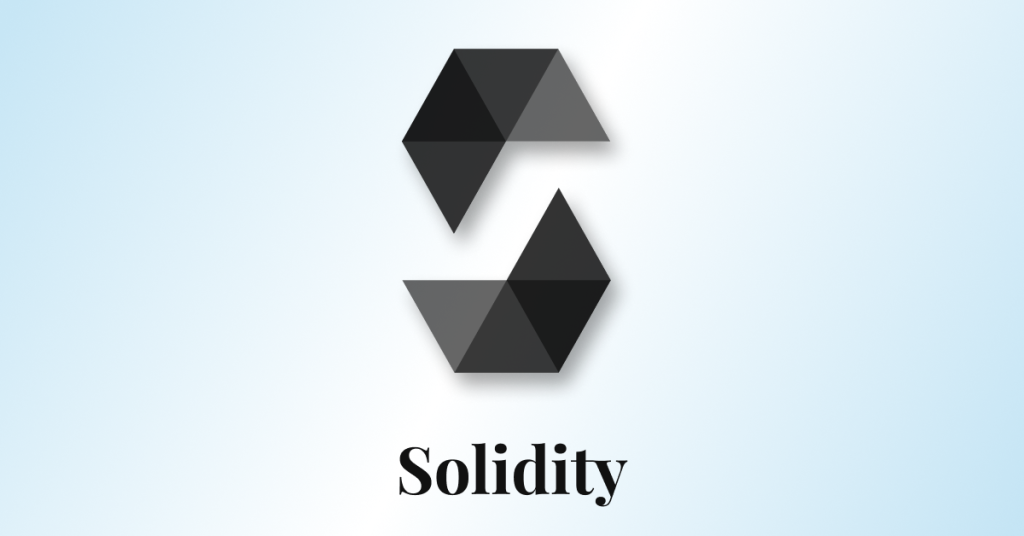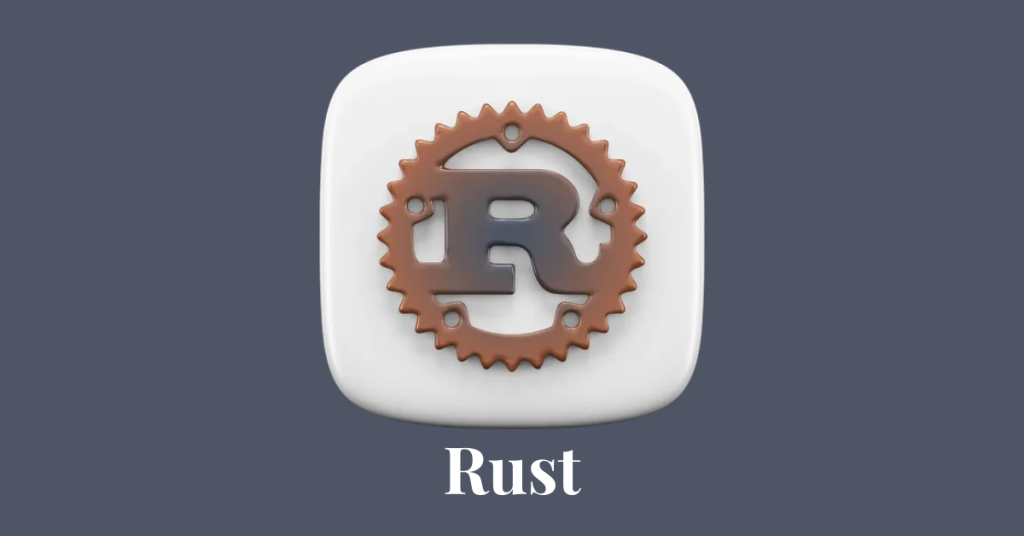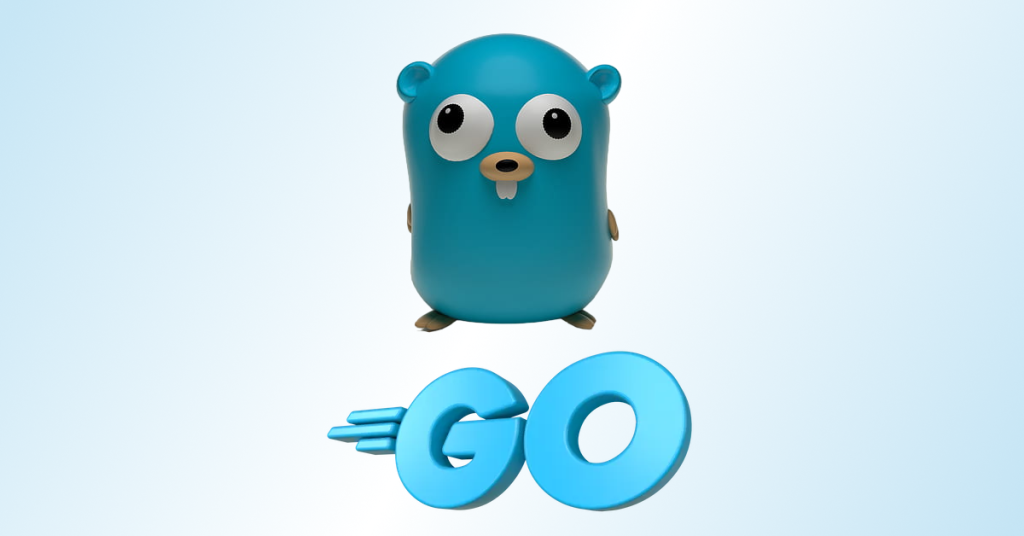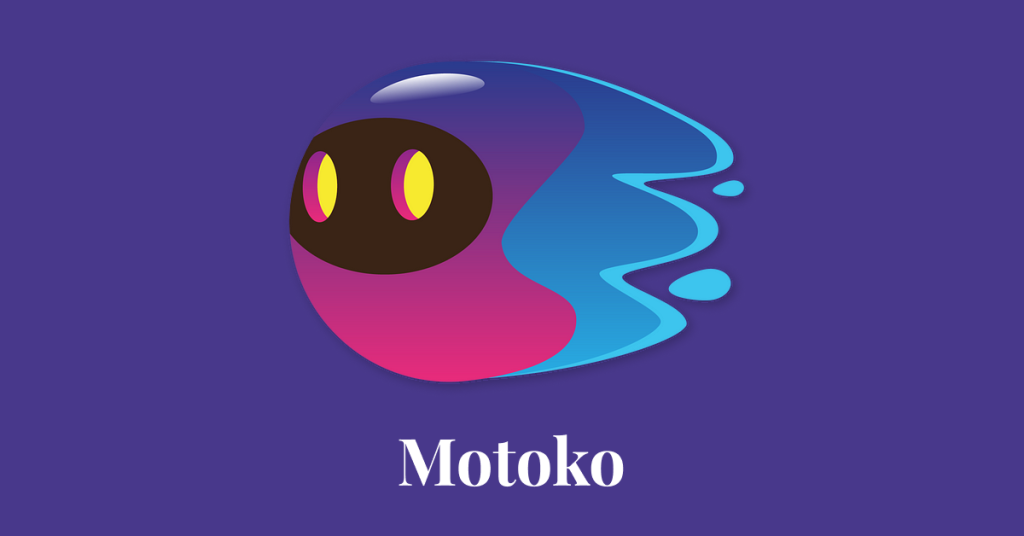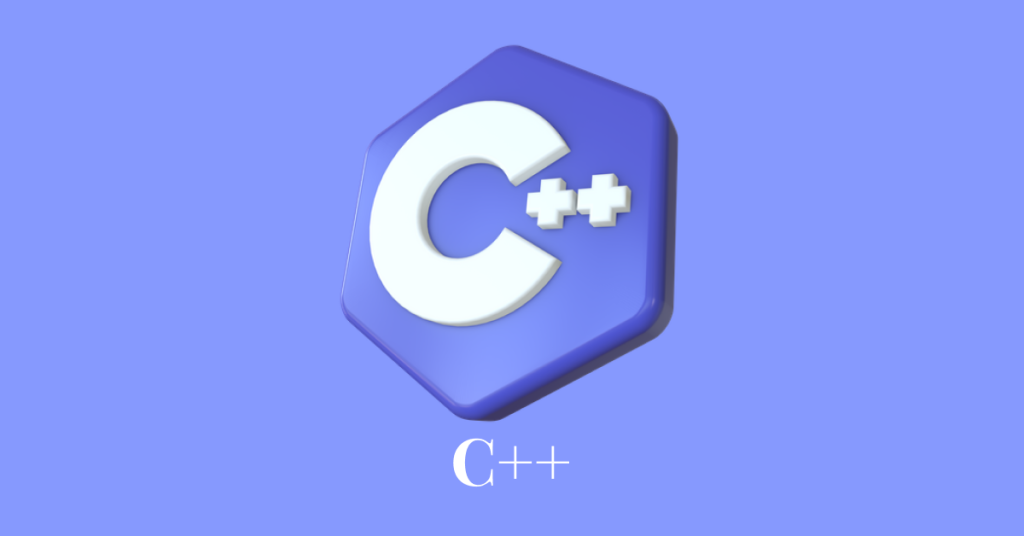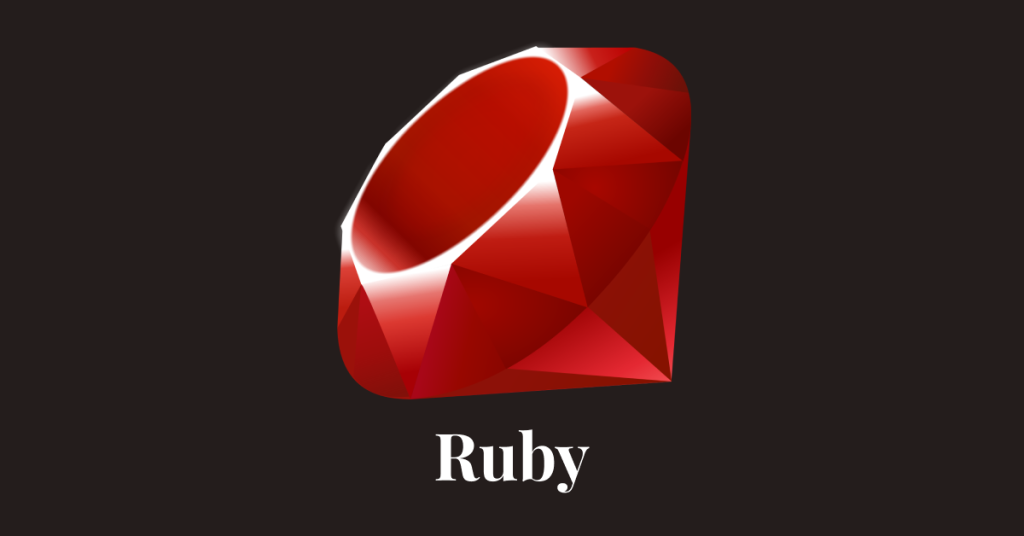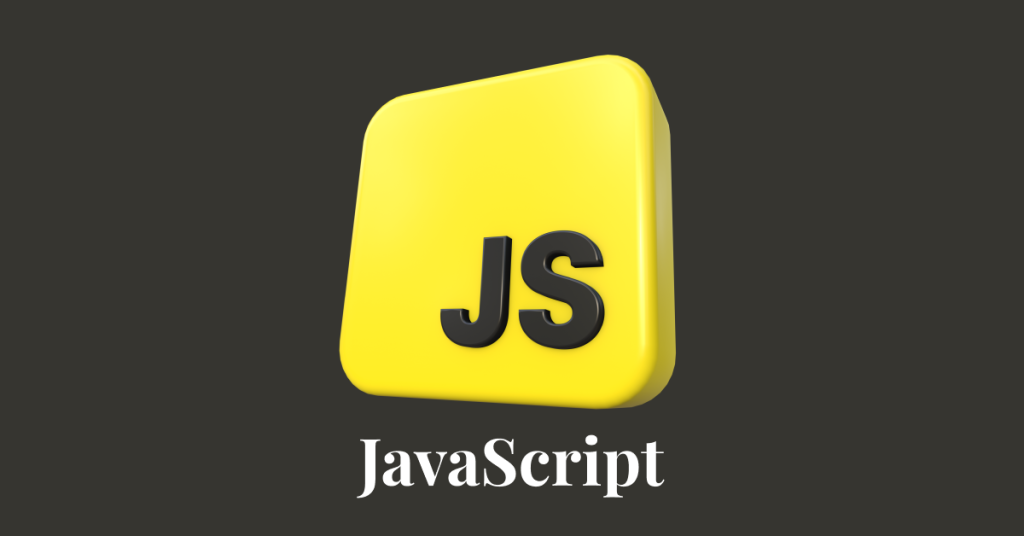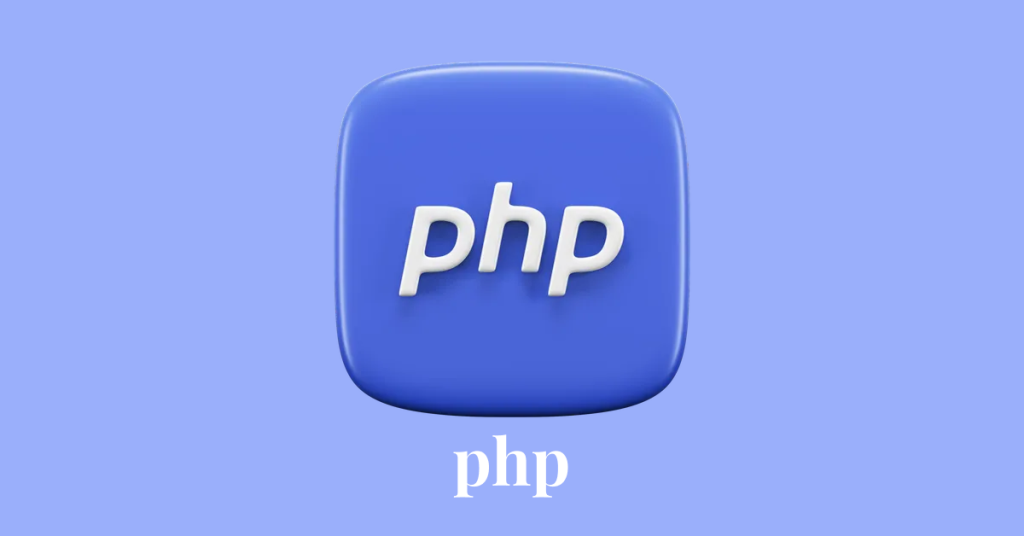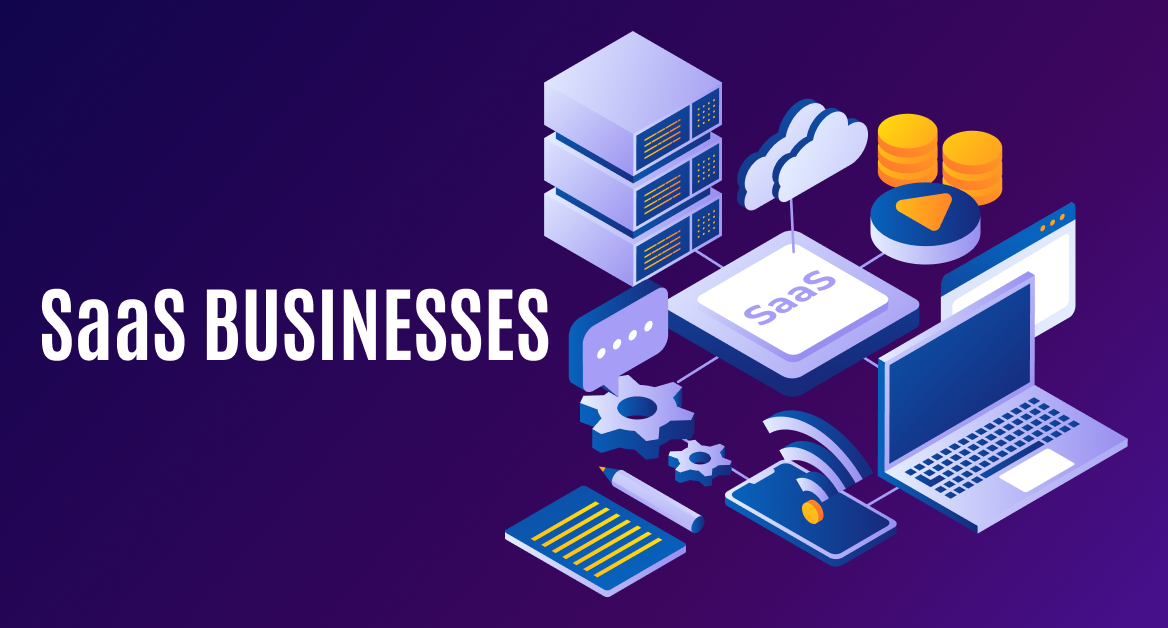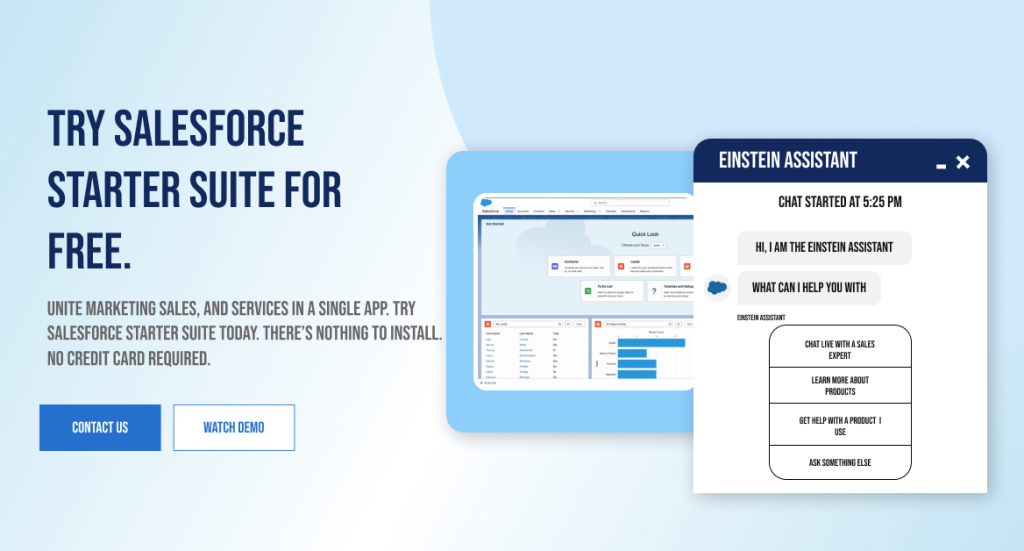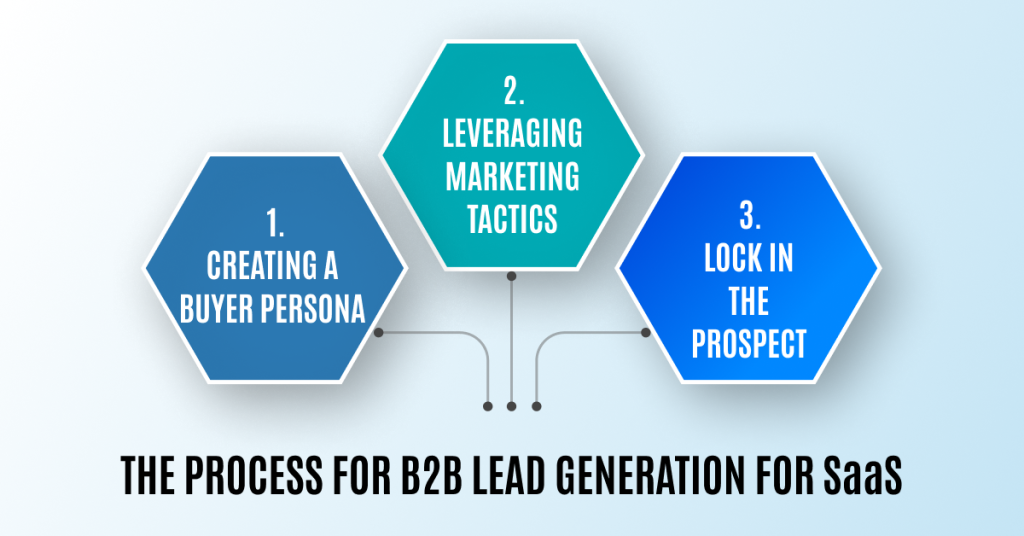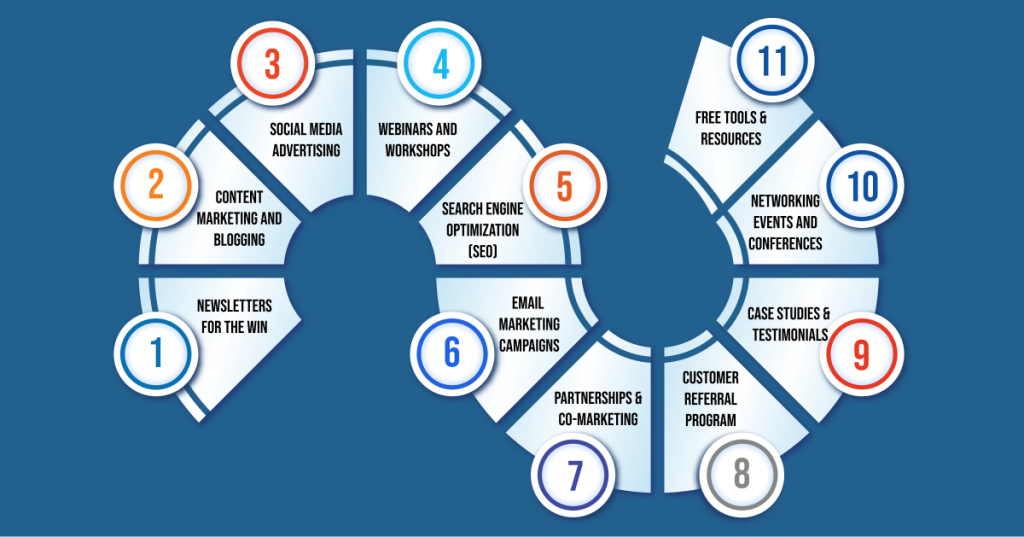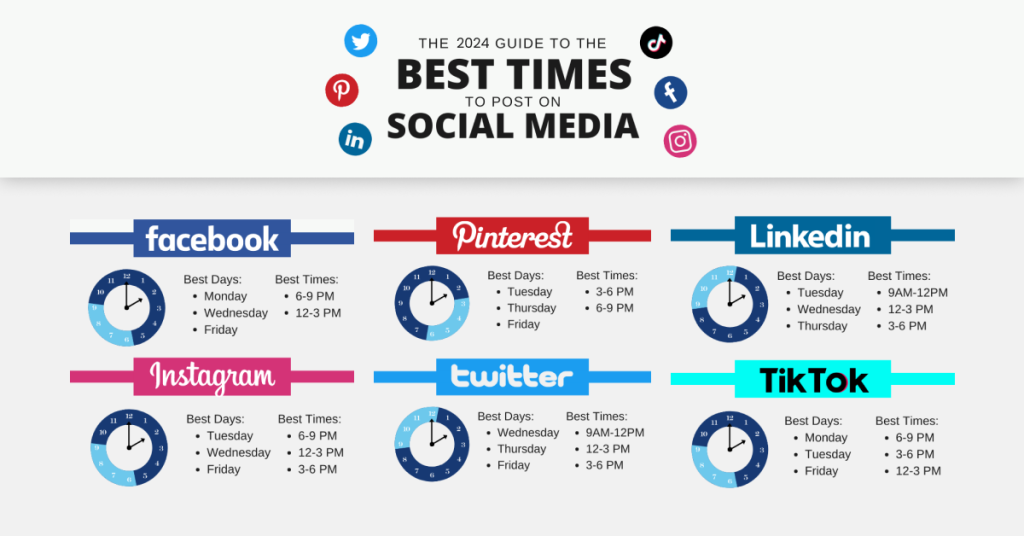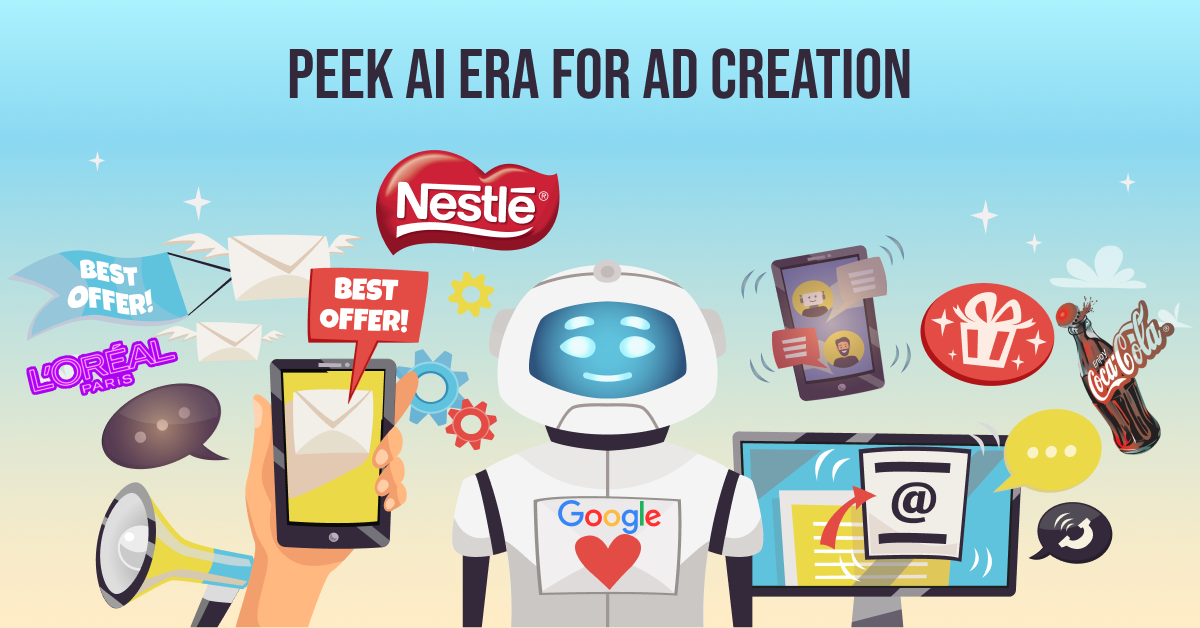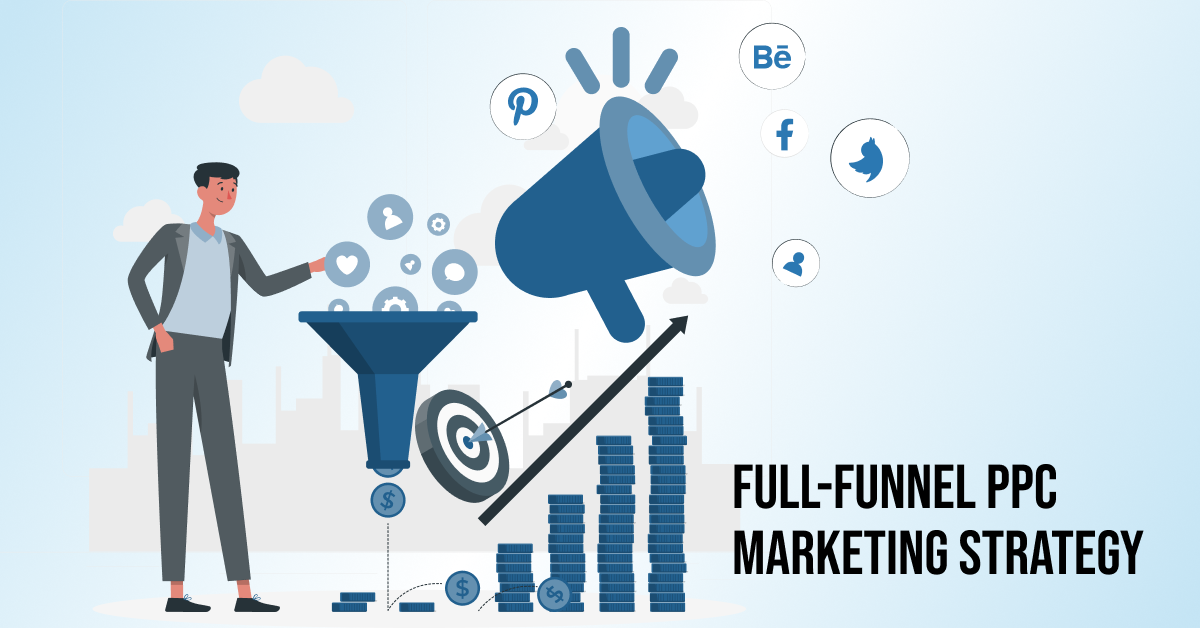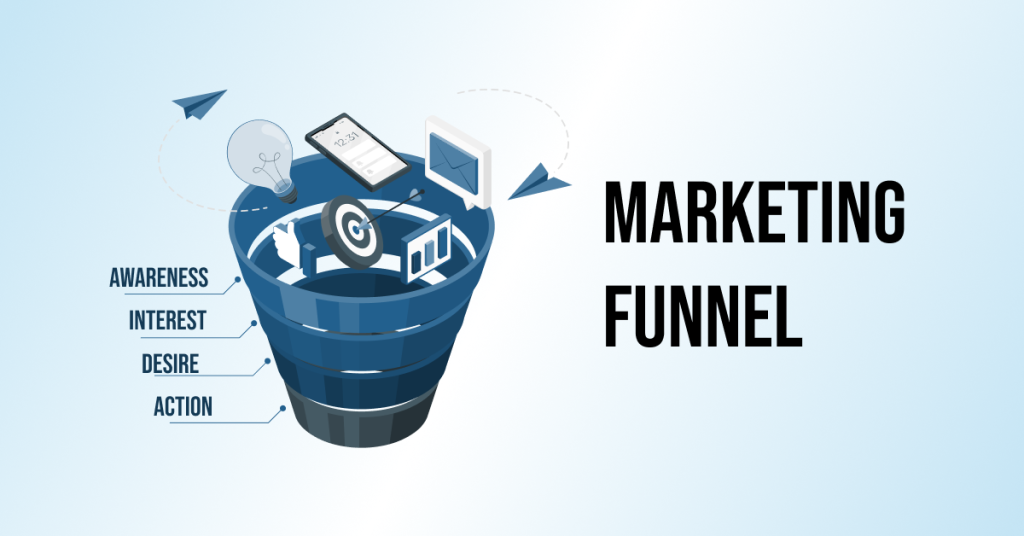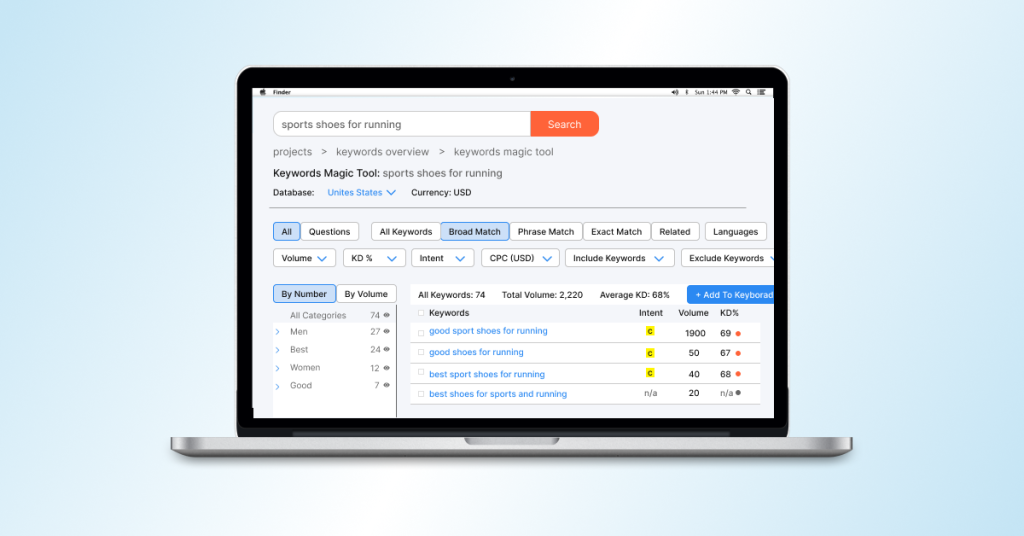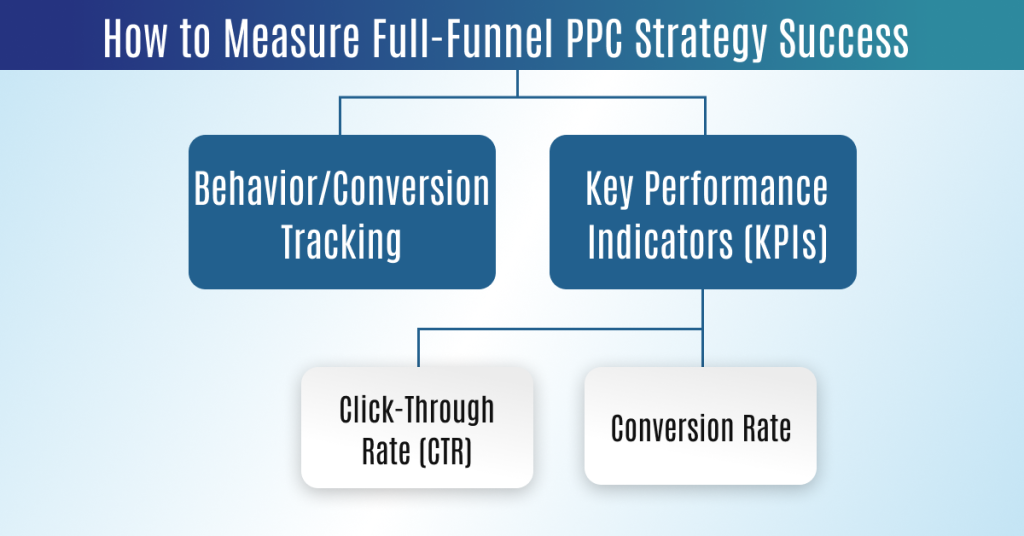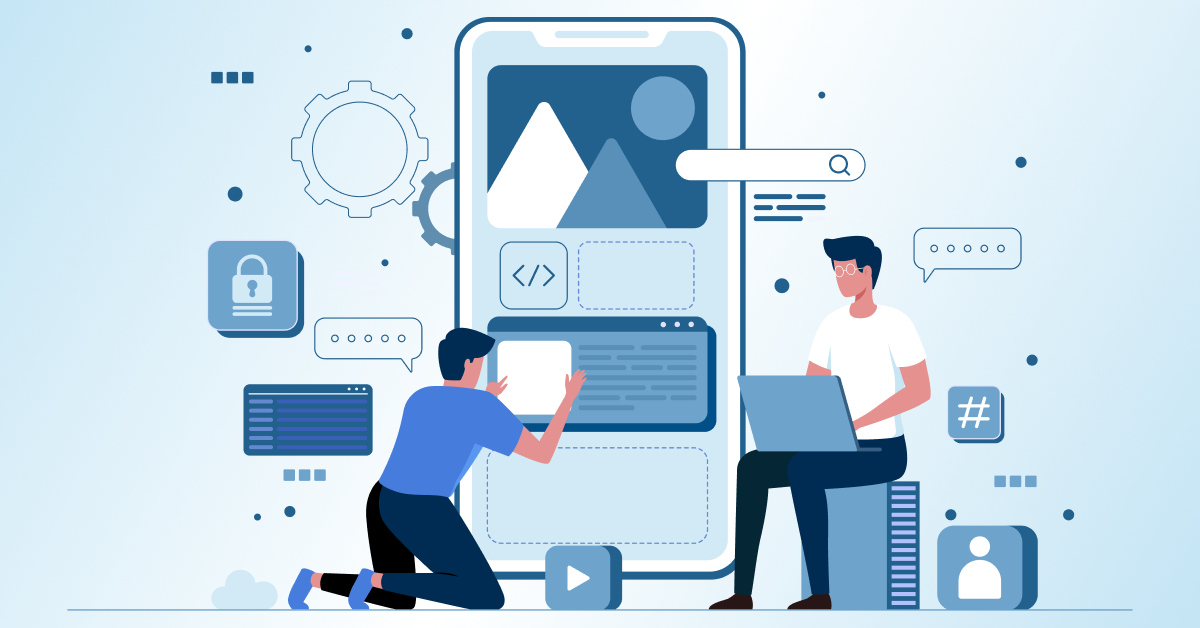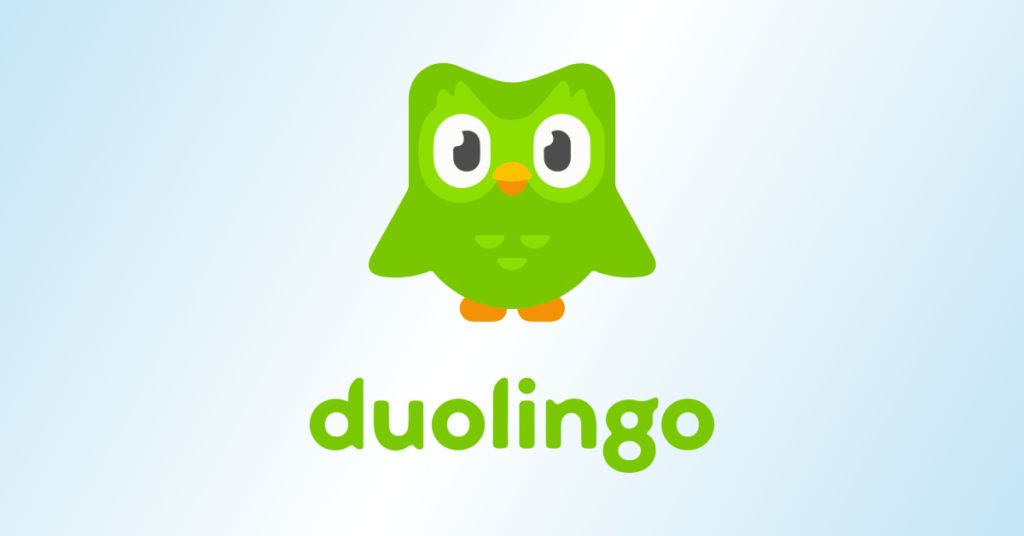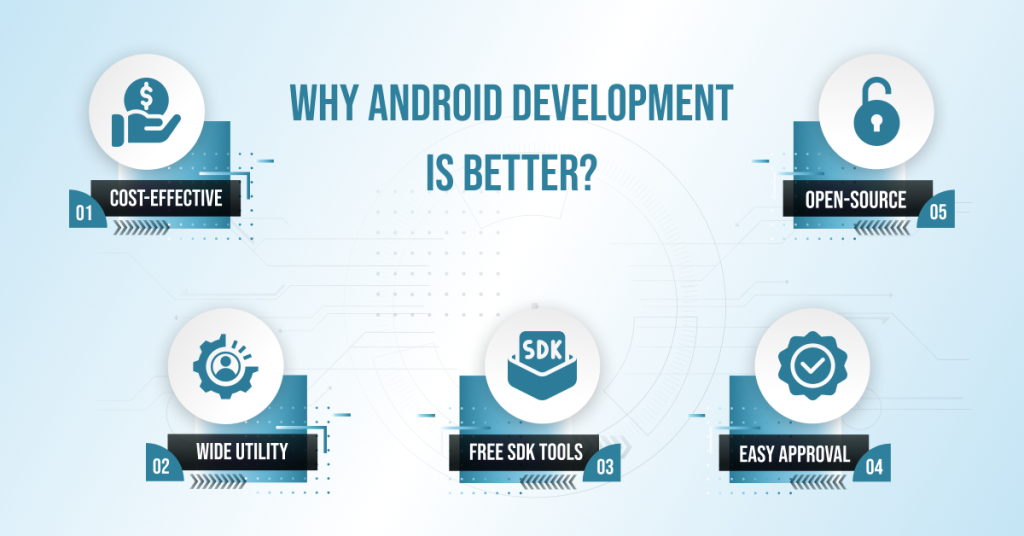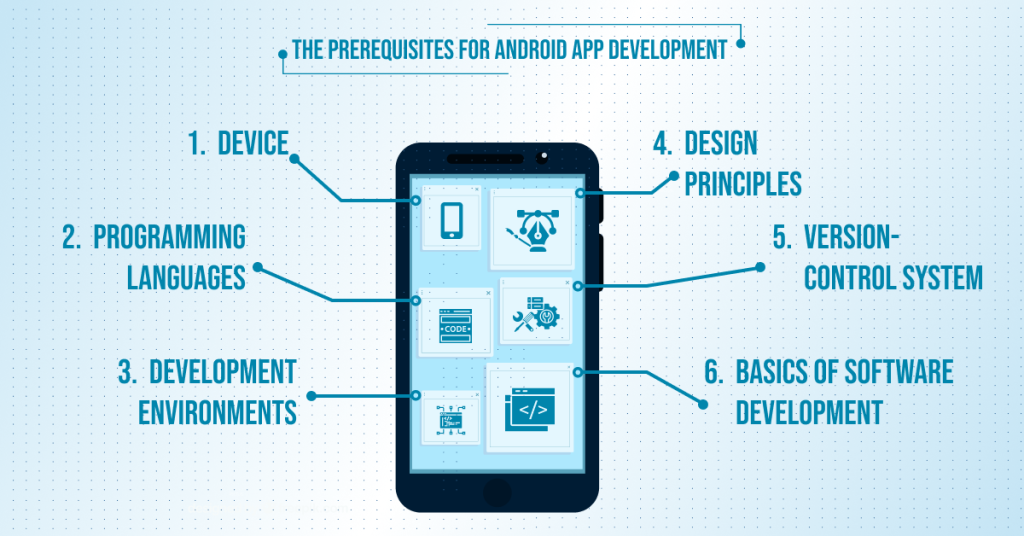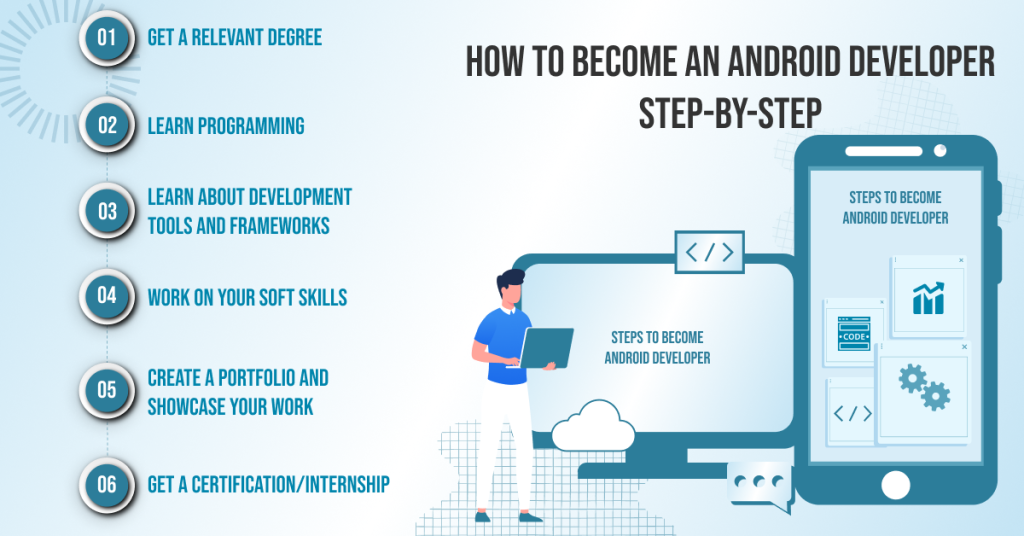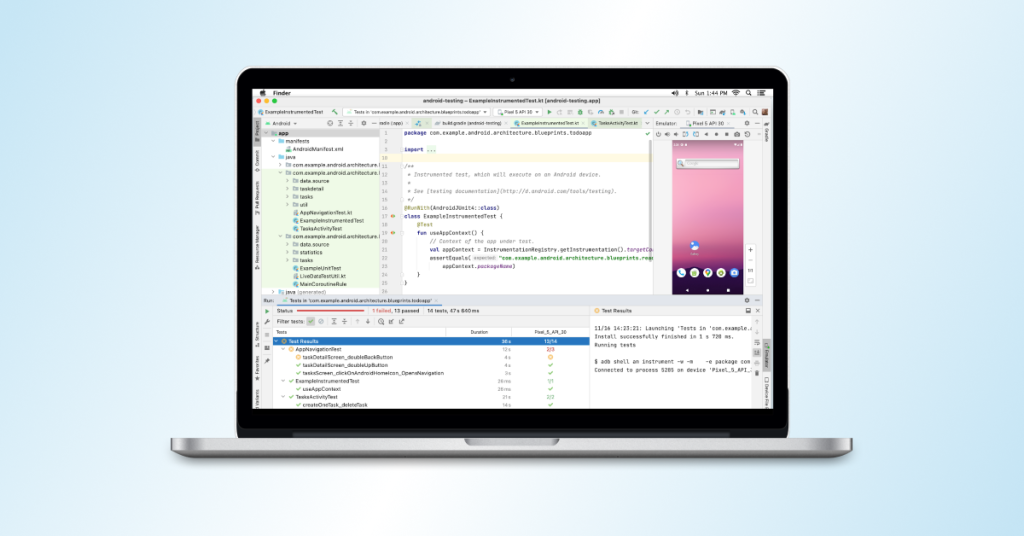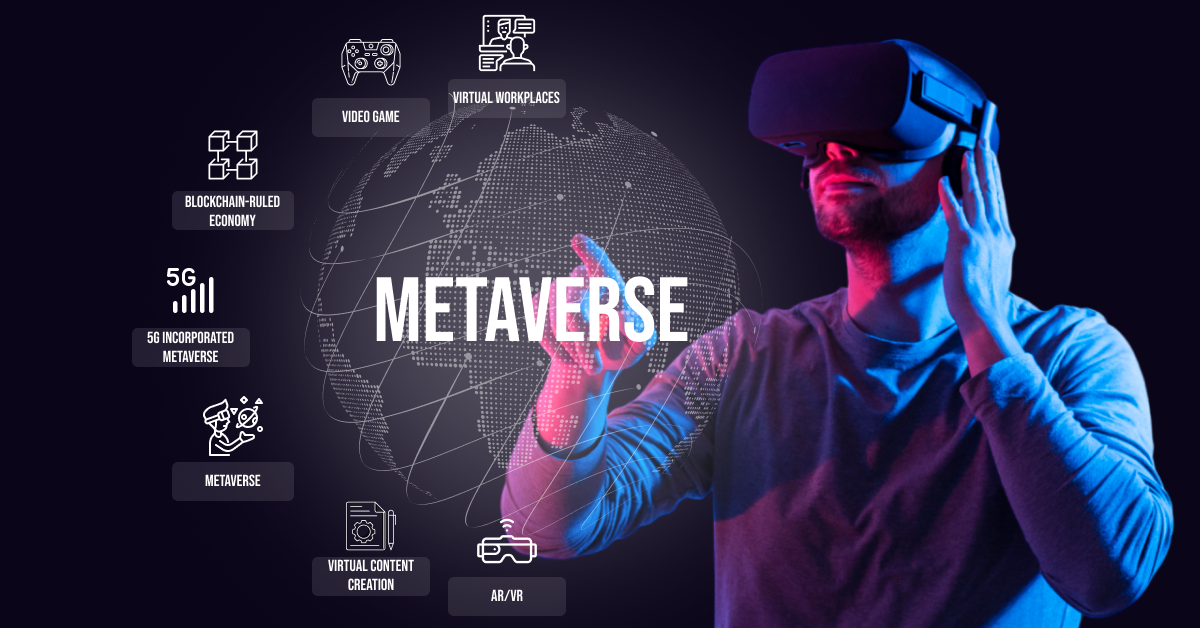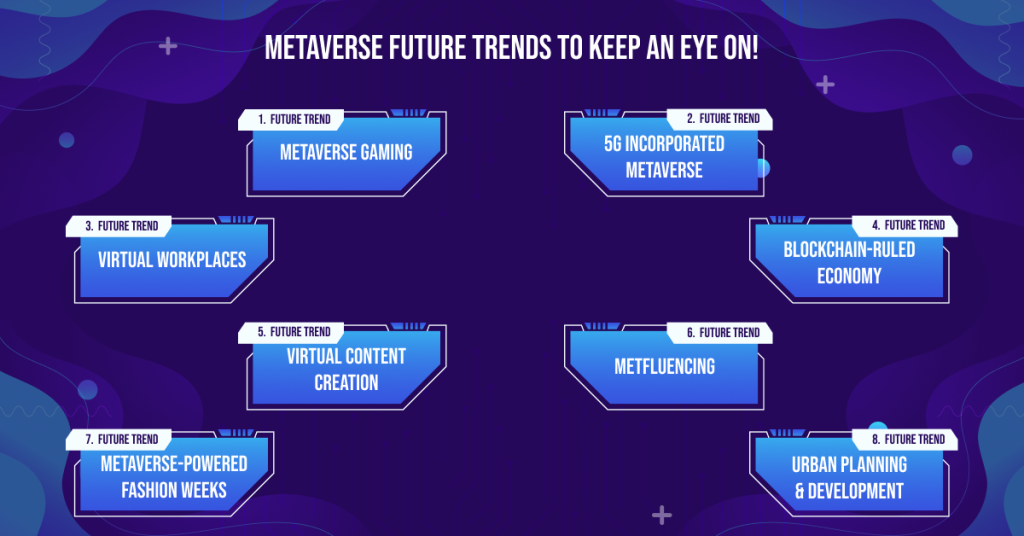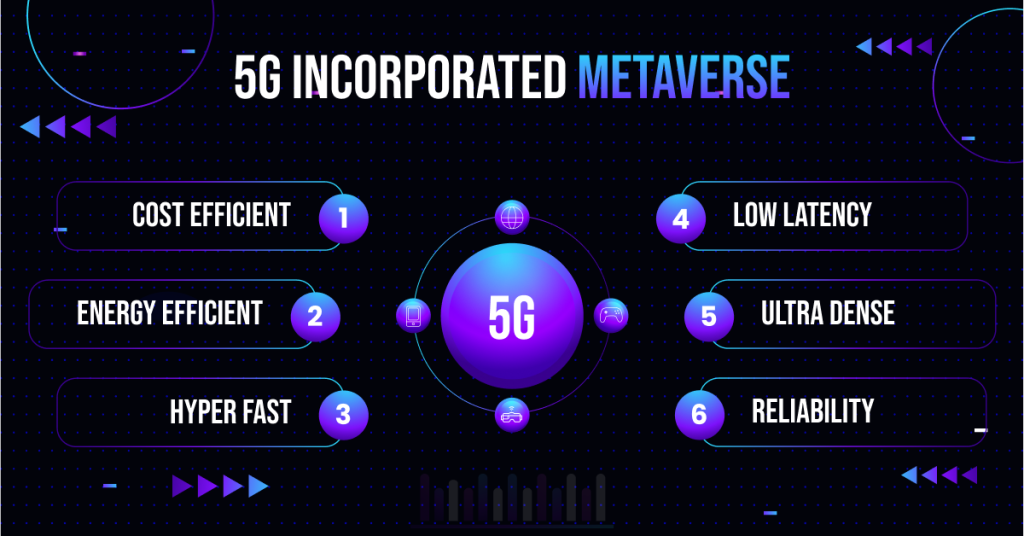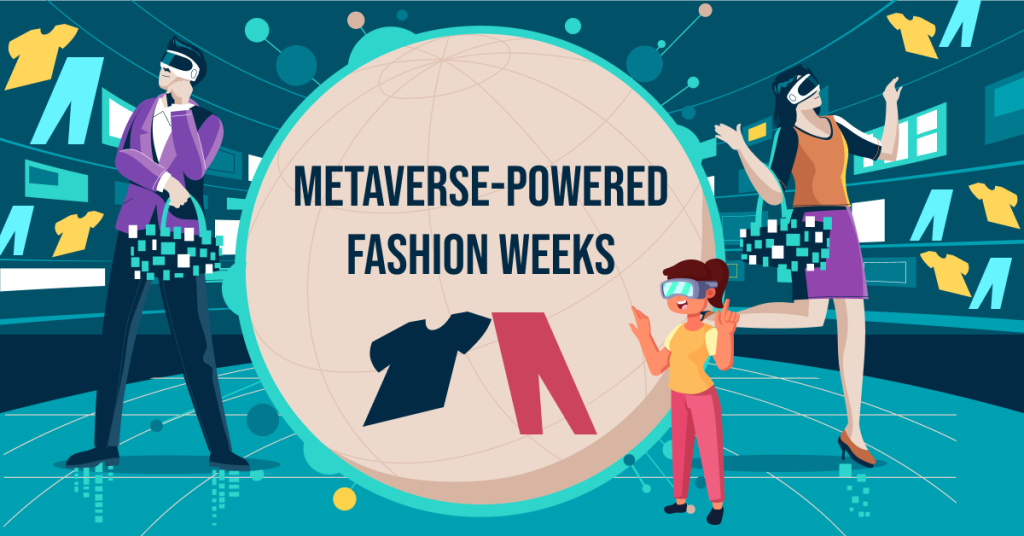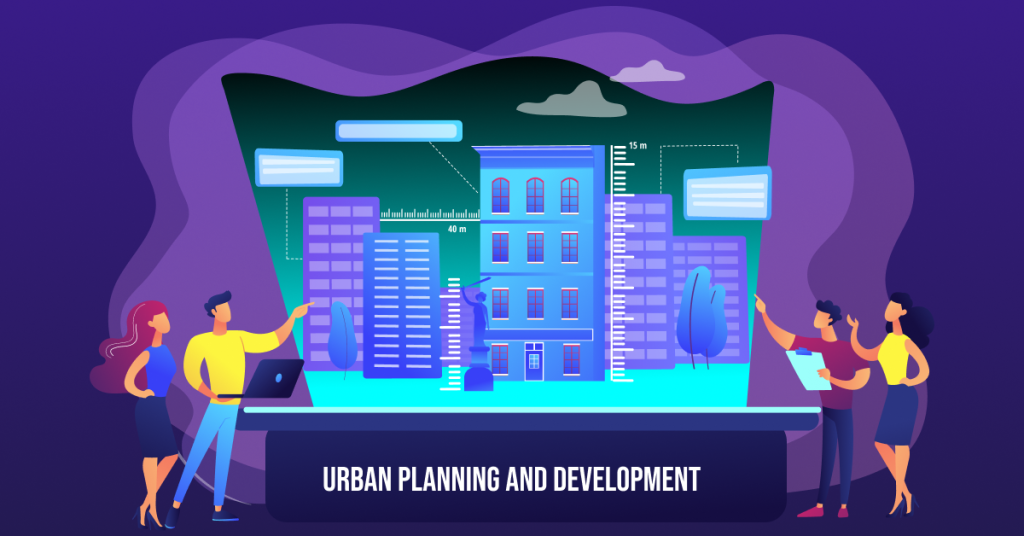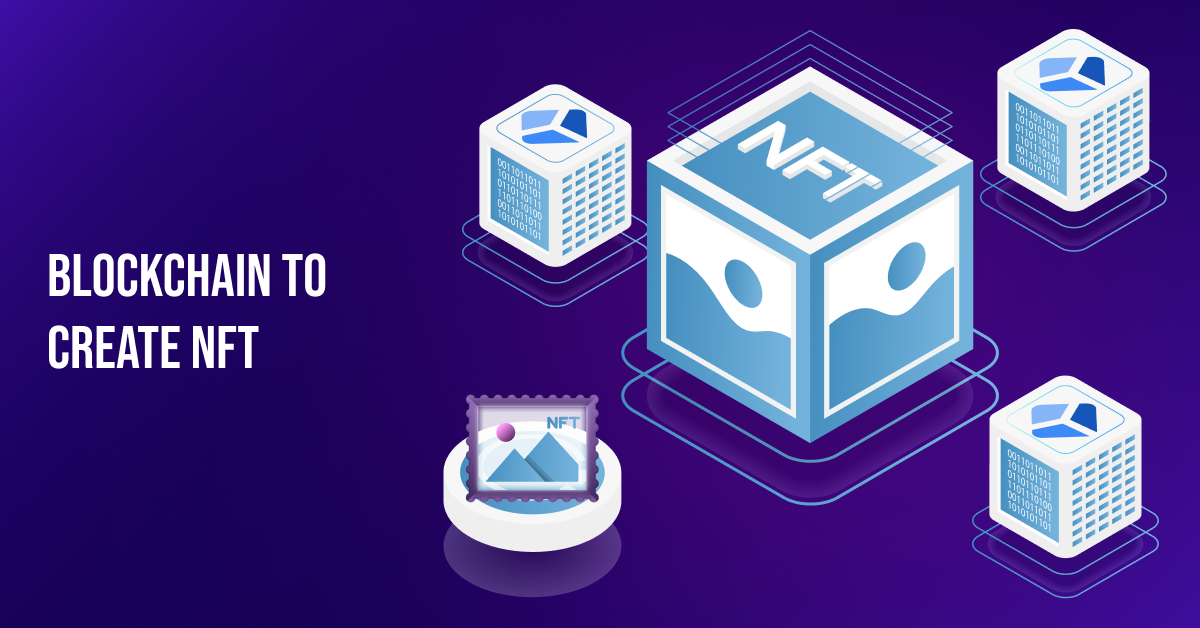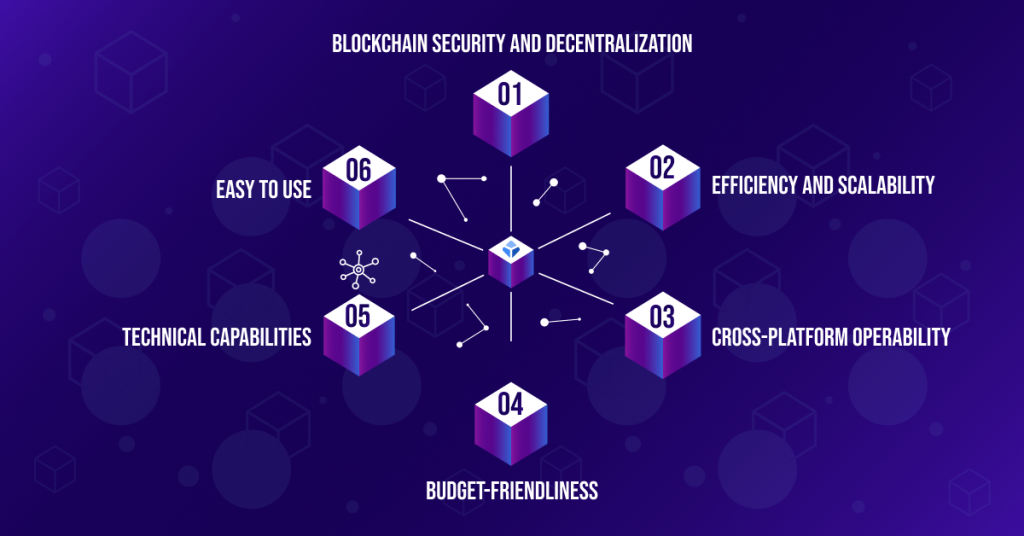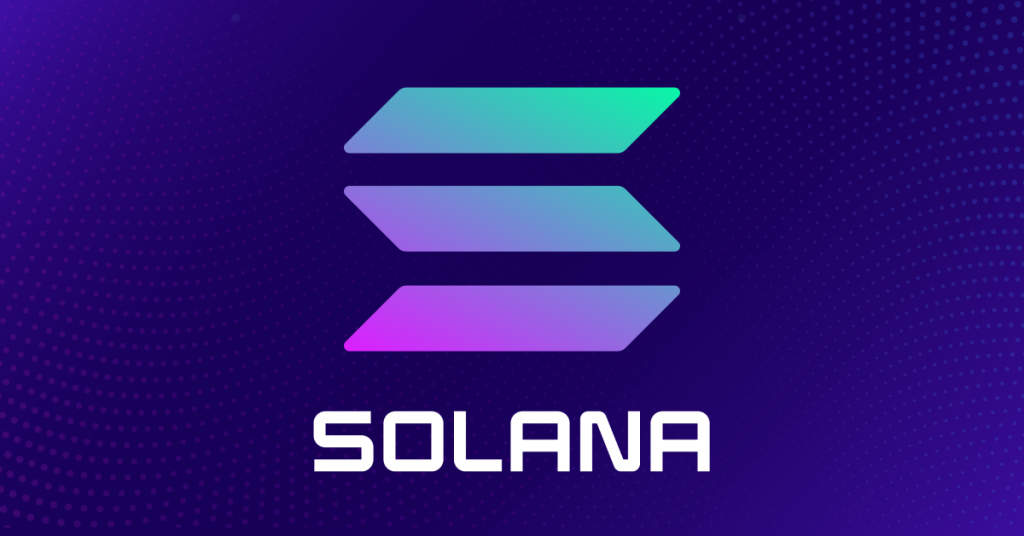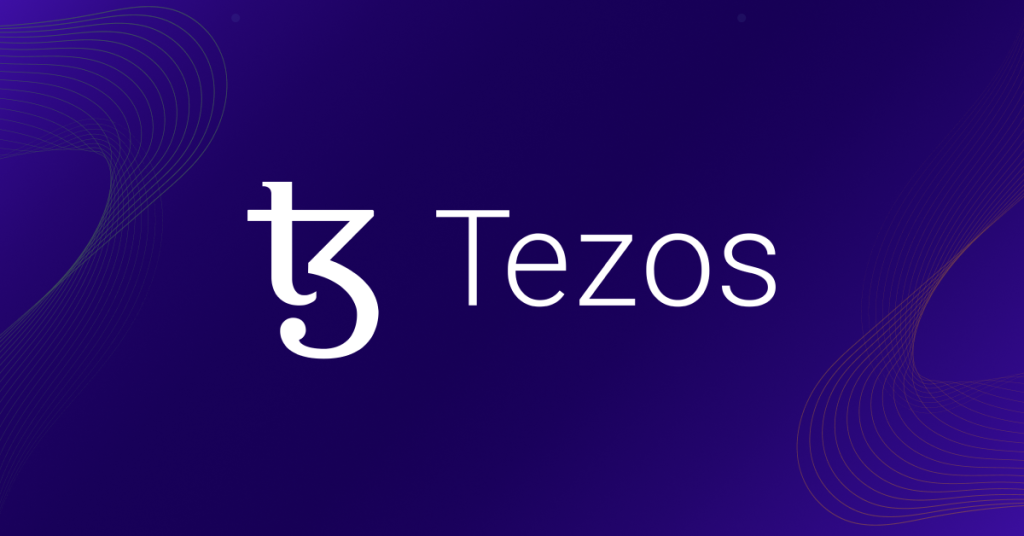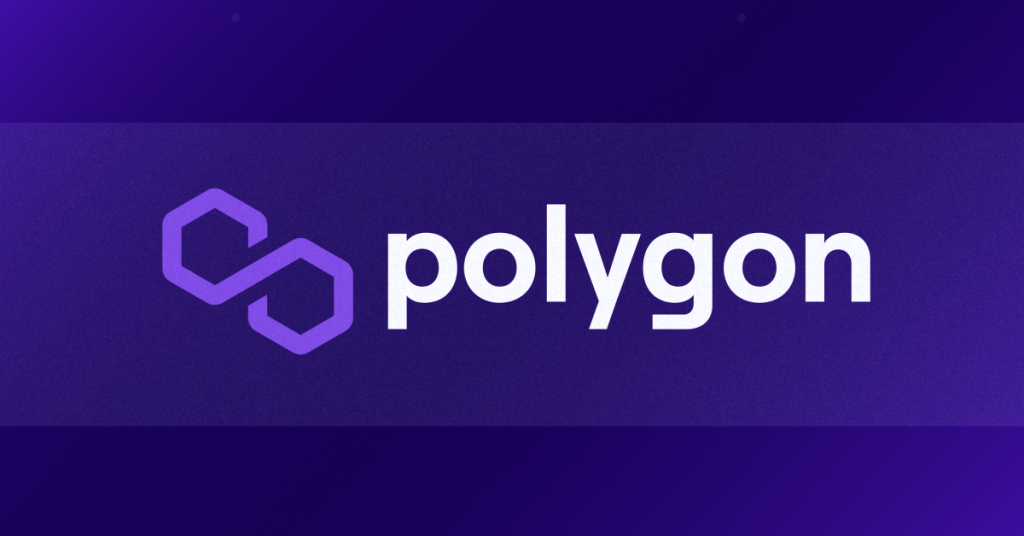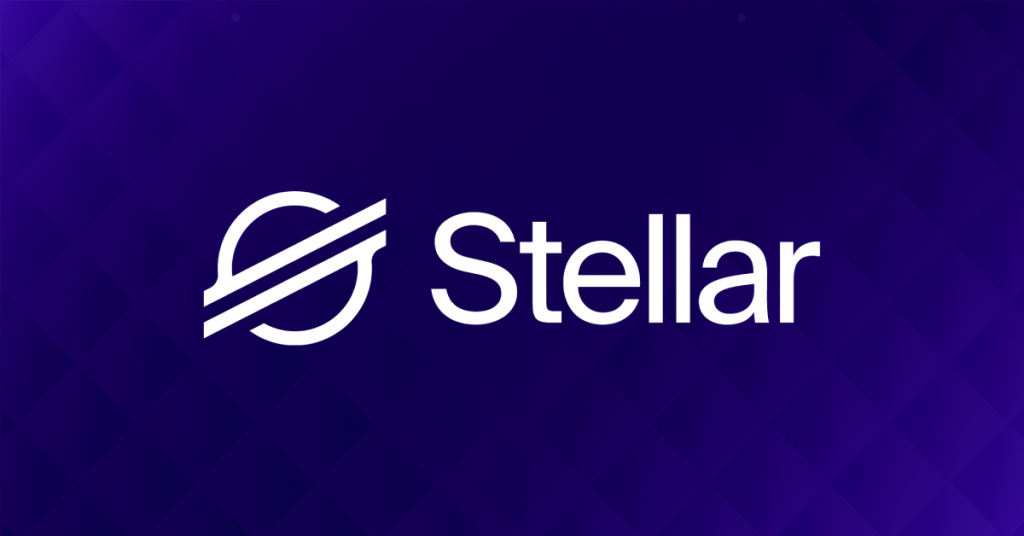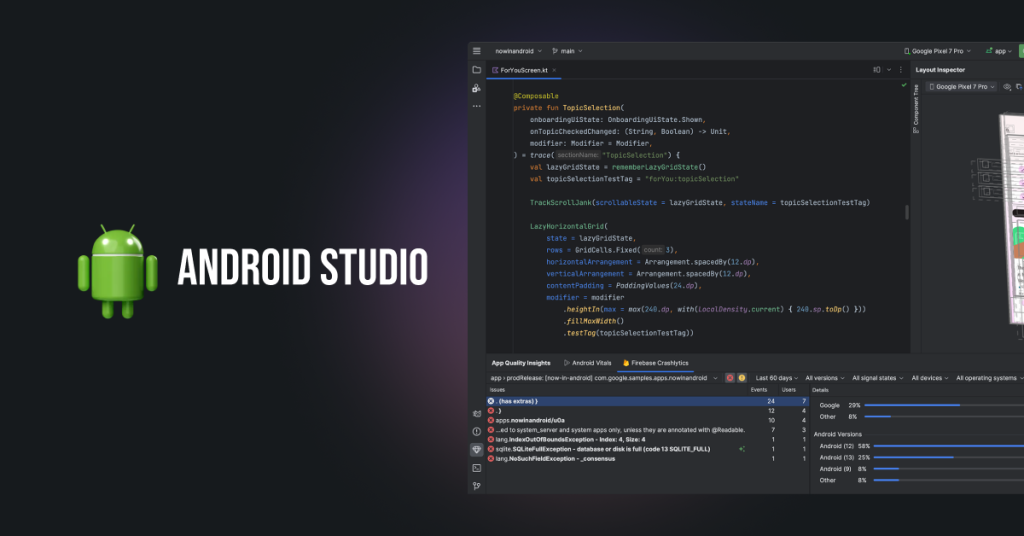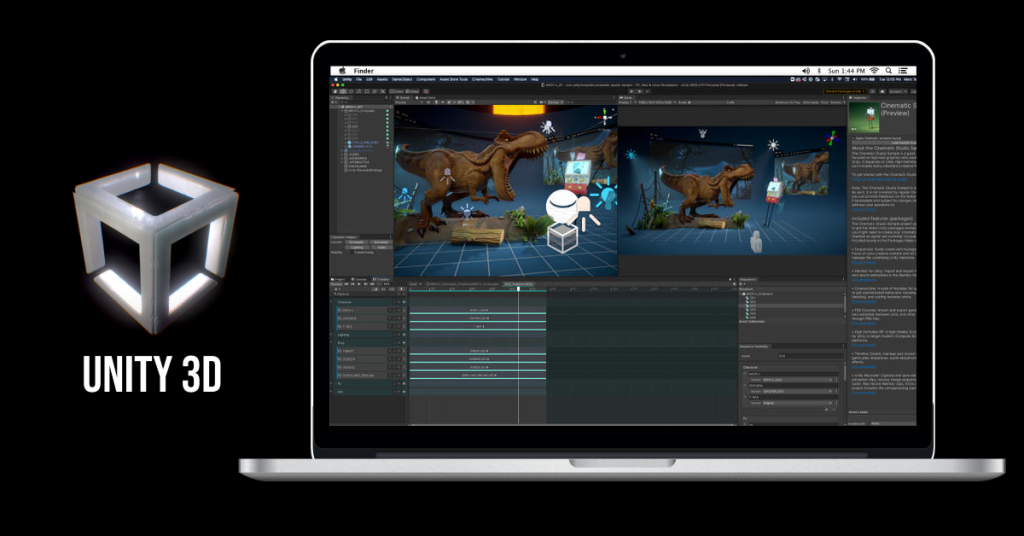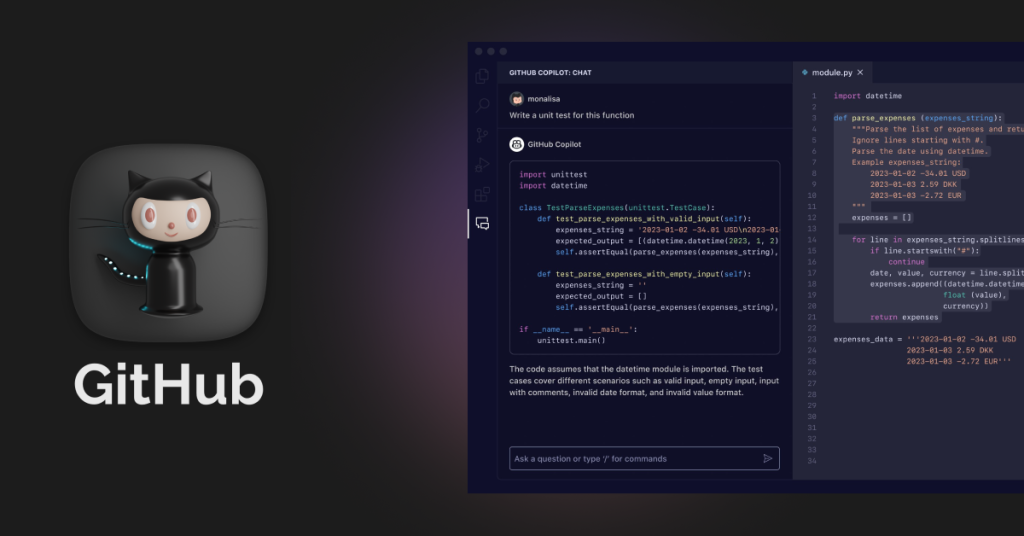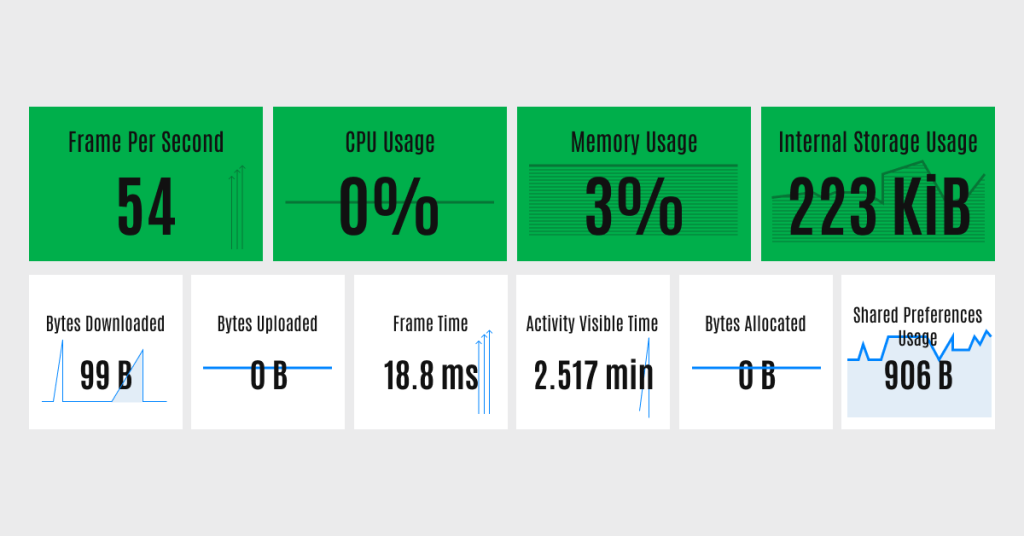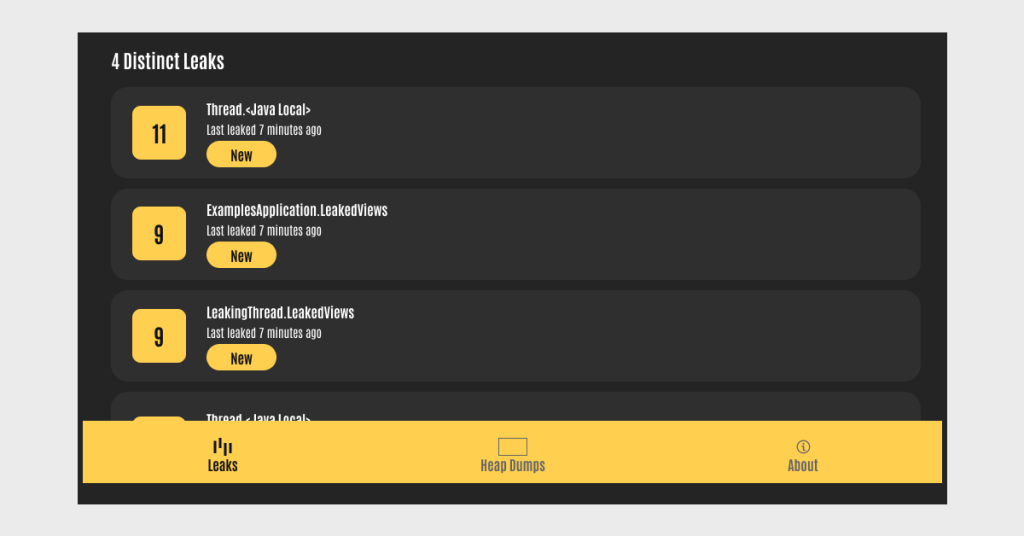Whether you’re a B2B or B2C business organization, understanding the value of content marketing is non-negotiable. There are two main pillars of growing any business:
A. Generating relevant leads that convert, and
B. Retaining those leads
Many businesses just focus on point A and completely forget about customer retention. The real treasure lies in offering value to your existing customers for a high customer satisfaction rate and thus, enhancing your business’s revenue.
According to a recent Harvard research, you can increase your profits by 25% to 95% by increasing your customer’s lifetime value and retention by 5%. This is the reason why it is important to invest in content marketing, especially for retaining your customers.
If you’re overwhelmed by confusion, this blog is the perfect guide to help you follow our well-researched guide on the best customer retention strategies.
What is Customer Retention? How to Measure It?
Customer retention is a quantitative metric to measure the total number of customers that are retained by a business in a specific time frame. In simple words, it refers to the number of people who repurchase a product or service from your business or brand.
It is a reflection of the customer’s loyalty to a company. There is also a direct relationship between your company’s revenue and the customer retention rate.
Here’s how you can measure customer retention rate:
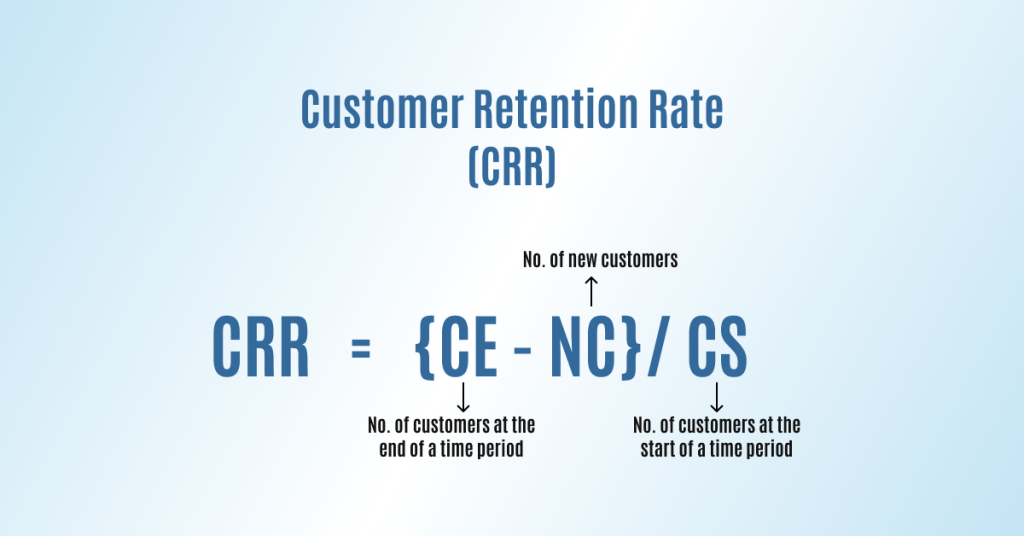
Let’s make it easy with an example.
If you have 530 customers at the end of the month and 500 customers at the beginning of the month. Also, you gained 50 new customers. Therefore, your customer retention rate will be:
(530-50)/500 = 0.96
This means that you have a 96% retention rate.
Note: You need to work on your customer retention rate if it is less than 60% for 2 months consecutively.
Why is Customer Retention Important?
You must maintain a healthy customer retention rate of at least >70% to drive in sophisticated amount of revenue to your business. There are plenty of reasons to actively work on customer retention strategies for enhanced business profitability.
- Consistent Monthly Recurring Revenue (MRR)
One major reason to invest in B2B customer retention strategies is to gain consistent Monthly Recurring Revenue (MRR). MRR accounts for the number of customers driving specific revenue per month. Once you gain loyal customers, they can bring in consistent business.
The higher the retention rate, the higher the revenue.
For example, Salesforce‘s customer retention rate of 77% ranks it fifth amongst its competitors, including Google, IBM, SAP, Workday, and Oracle, according to Comparably.
- Reduced Churn Costs
Companies can incur heavy losses if they cannot retain a customer. It is worrisome to have a high churn rate. According to Invesp, it costs 5 times more to attract a new customer than to retain an existing one. Therefore, when you invest in retaining your customers, they can also bring in 2x more business through word-of-mouth and referrals.
- Enhanced Brand Loyalty
According to Yotpo, over 55% of consumers are loyal to a brand because they love the product. Then come other factors such deals and customer service.
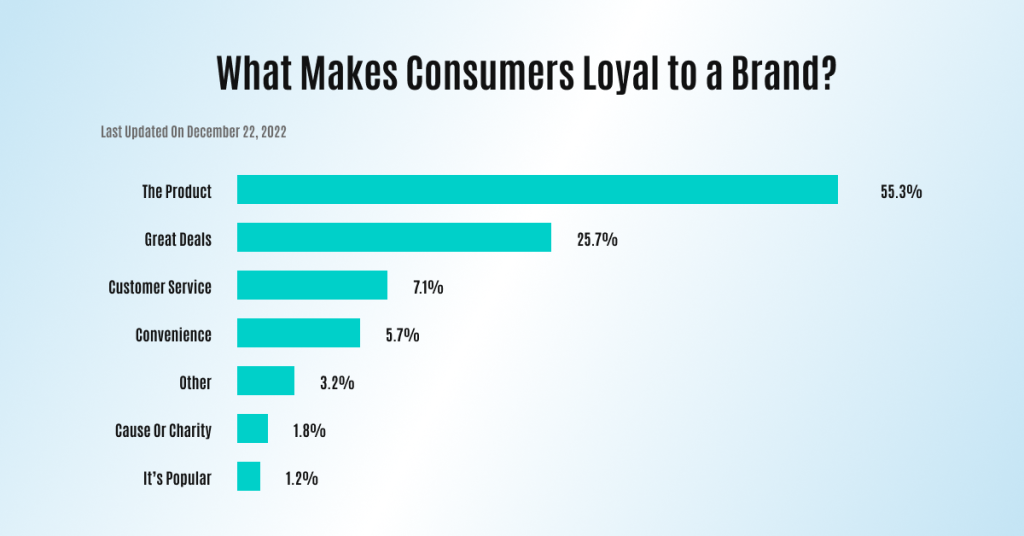
Customers that retain also bring in bonus business by buying more products than their first purchase. The same goes for B2B businesses! Loyal customers also act as a pool of resources for a company. You can gain valuable feedback from these consumers and make the required changes to your business’s product or service.
Now that you’re familiar with customer retention, how can you increase your customer retention rate?
The secret lies in implementing solid content marketing strategies right when you onboard a client, in the case of a B2B business, or when a potential customer visits your website.
It’s time to learn about content marketing!
What is Content Marketing?
Content marketing is a strategy that revolves around planning, creating, and distributing content to generate relevant leads. It is an approach that does not follow the conventional methods of advertising but generates content on various social channels, including blog posts, social media posts, articles, images and videos.
The content created is heavily emphasized on being informational, insightful and solution-focused to the consumers.
The apex goal of content marketing is to build trust, credibility and accountability for your company. Once you create a loyal user base, you open the door to an increased number of referrals and, ultimately, sales.
What are the Best Content Marketing Channels for B2B Customer Retention?
According to the HubSpot State of Marketing Report, 50% of marketers plan to increase their investment in content marketing in 2024. And according to a recent Forbes study, 45% of B2B content marketers expect an increase in their content marketing budget in 2024.
If you’re one of them, it is important to strategically create content for various social channels for B2B businesses.
According to Forbes, the most popular social media channels for B2B content marketing are as follows:
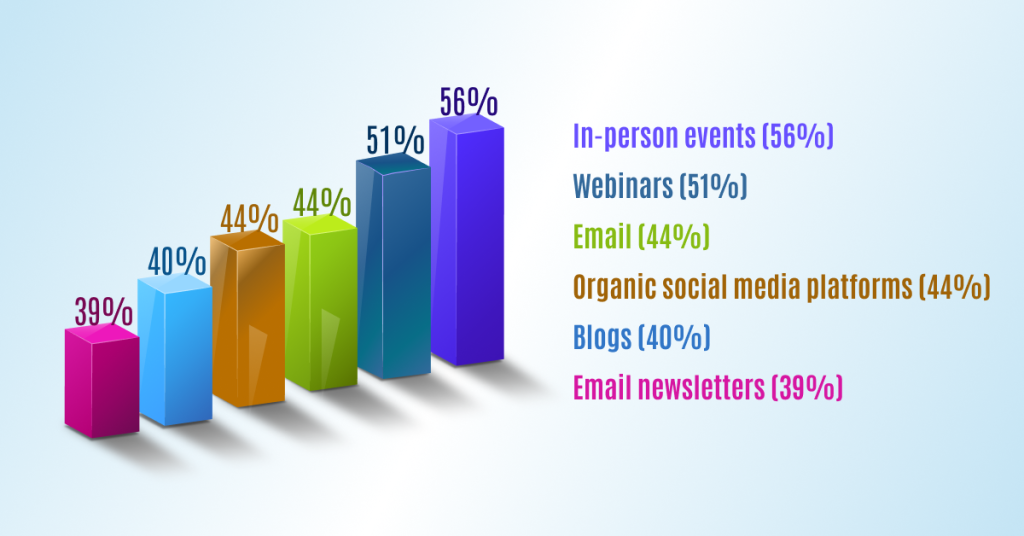
- In-person events (56%)
- Webinars (51%)
- Email (44%)
- Organic social media platforms (44%)
- Blogs (40%)
- Email newsletters (39%)
Foolproof B2B Content Marketing Strategy Checklist for Customer Retention
Let’s address the elephant in the room: what are the best content marketing strategies for customer retention?
Before we move forward with the content marketing strategies for B2B businesses, it is pivotal to understand the customer buyer journey. Comprehending a customer journey map is as important for retaining customers as it is for generating new leads.
The following are the crucial stages in a customer journey:
- Awareness stage
- Consideration stage
- Conversion stage
- Loyalty stage
- Advocacy stage or Referral stage
We have curated content marketing strategies keeping these stages in mind, and you should, too when implementing the following strategies!
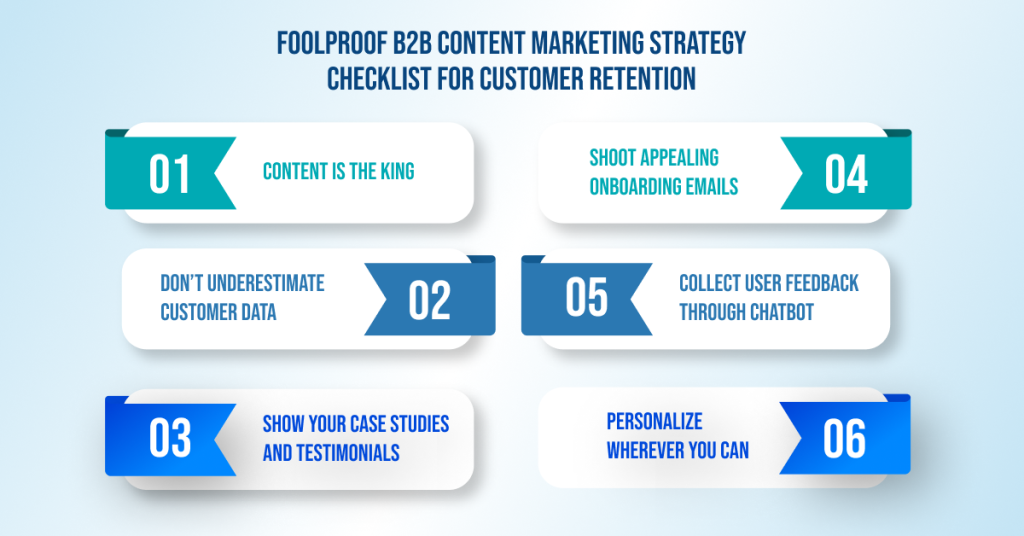
1. Content is the King
Creating content actively can help you enhance your brand’s visibility to both potential customers as well as to search engines. You can create various forms of content that offer value to the users. Being in the business, you can create the following types of content:
- Blog posts
- Emails
- How-to guides
- FAQs
- Product demos
- Case-studies
- Whitepapers
- Ebooks
- Infographics
- Checklists
- Social media posts
- Videos
Pro Tip: You can batch-create the content for the whole month in one go by brainstorming 10-20 topics. This practice will help you generate content consistently which will eventually help your customers to look out for your content!
2. Don’t Underestimate Customer Data
Customer data is a valuable resource for understanding consumers’ interests. It indicates how a customer interacts with your website. You can harness this data to gain useful insights and perform analysis to gather useful information across various touchpoints. We call it ‘customer intelligence’.
You can then build user personas, group them up and perform customer segmentation based on interests, demographics, consumer problems, etc.
3. Show Your Case Studies and Testimonials
When a prospect reaches your website, it is important to show them proof of work. This is when your business’s case studies and customer testimonials come in handy. Presenting one of the best content marketing strategies to enhance the chances of converting your leads into clients.
Testimonials and case studies hold the power to evoke emotions in the individuals who interact with such content. This practice allows the brands to create deeper connections with their prospects.
4. Shoot Appealing Onboarding Emails
It is pivotal to build smooth experiences with your customers right when they buy your product or service. Sending an onboarding email when your consumers make a purchase increases the chances of retaining them.
You can add interactive elements to the emails such as a catchy hook, animations, images, short videos or even an exclusive discount. For example, make the user feel worthy of reading the entire email by providing a discount on the next purchase.
Ensure that you perform customer segmentation based on your customers’ responses and behaviors to the onboarding emails and create a content marketing strategy accordingly.
5. Collect User Feedback through Chatbot
Collecting customer feedback is the ultimate content marketing strategy for customer retention. You can create and deploy a chatbot on your website to directly gain the personal experiences of consumers. This will help you understand areas for improvement in your product or service.
Once you recognize various bottlenecks and work on them, you can work on these shortcomings and retain your consumers.
6. Personalize Wherever You Can
Human beings love to rebuy from brands where they feel seen and heard. If you’re an enterprise, you must create your profiles on social media platforms, especially LinkedIn and YouTube.
Small businesses can still interact with their audience directly. However, enterprises mostly struggle with creating personal relationships with their consumers. However, some prominent enterprises have built an immaculate social media presence.
For example, Shopify creates a pool of content on YouTube, which has yielded them a solid personal community and thus directly impacted their customer retention rate.
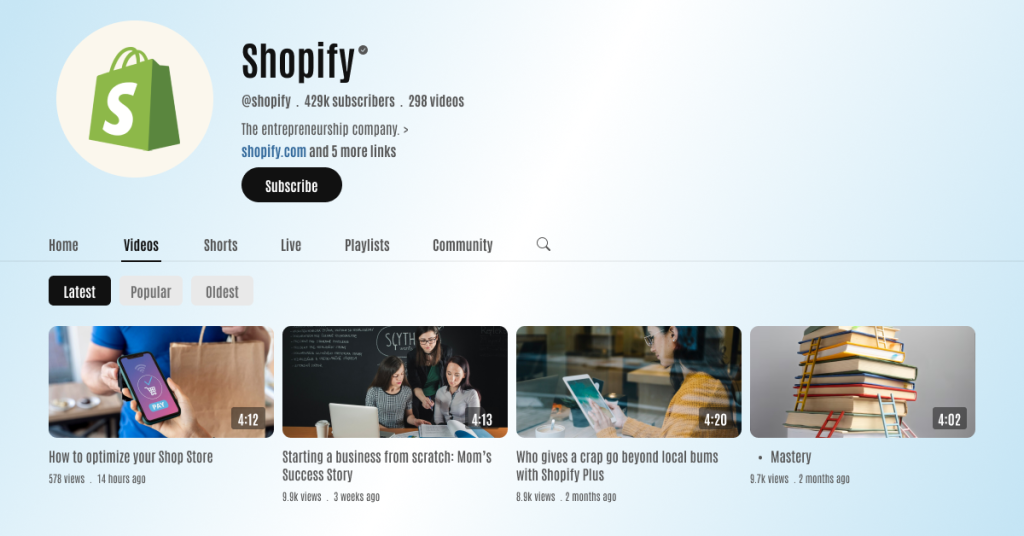
Let Us Help You Formulate a Solid Content Marketing Strategy
Whether you’re an enterprise, business organization or small business, Deftsoft is a top-notch digital marketing agency that has a team of inbound and outbound content marketing, SEO and content writers. With more than 18 years in the industry, we come in with expertise in content marketing. From building custom B2B content marketing strategies to strategizing for marketing campaigns, we’ve got you.
Reach out to us to get started on a killer content marketing strategy for your brand today.
FAQs:
What is meant by a digital content marketing strategy?
A digital content marketing strategy refers to planning, creating, and implementing a strategy for marketing content across various digital and social channels. The most popular method for formulating a content marketing strategy is to understand the customer’s buyer journey and develop a strategy around it.
What is the best type of content to create for building a customer retention strategy?
It is important to have an updated blog post page to keep your customers updated about your product or service. Next, you must focus on building a strong social media presence on various channels such as LinkedIn, YouTube, Instagram, Twitter and Facebook. Another pro tip to retain your customers is to always act on negative feedback actively.
Mention some of the best content marketing strategies for retaining customers.
Some of the best content marketing strategies are to focus on creating content and emails that address customers’ interests and pain points, show your case studies and testimonials on your website, make a killer onboarding email to shoot to your customers and always collect user feedback to analyze it and create a content marketing strategy accordingly.
What is meant by customer retention?
Customer retention refers to the number of customers who rebuy your product or service after their first purchase from you. It is better to focus more on increasing your customer retention rate than upselling, as it costs 5x times more to capture a new customer than to retain him.
